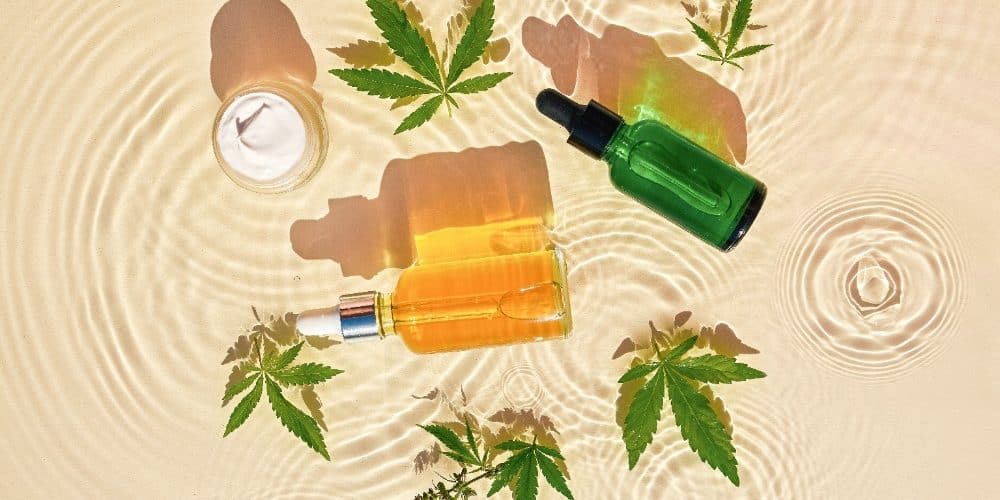The Wild West of cannabis marketing
Patient and consumer interest couldn’t be higher. Here’s how marketers can meet demand.
It’s a noisy frontier, full of confusing rules and messages. There’s no definitive playbook for the thousands of retail dispensaries — or, for that matter, for the marketers tasked with selling gummies, beverages, edibles, lotions, patches and old-fashioned smokable weed, among tens of thousands of other cannabis products. As for fledgling brands targeting patients with specific medical benefits or plain old general wellness, the scene is more baffling still.
Marketers aren’t exactly embracing the chaos, but they’ve accepted it. “When it comes to brand maturity in the healthcare space, we are in the very earliest phases,” says Holistic Industries chief marketing officer Kyle Barich, who is trying to turn brands such as Cannaceutica and Garcia Hand Picked into household names. “We don’t know who will be the whales and who will be the guppies.”
No one disputes there is plenty of money to be made. BDSA, a cannabis data company, reports that global legal cannabis spending rose 5.2% to $32 billion in 2022. It forecasts that the market will reach nearly $60 billion by 2027.
Meanwhile, healthcare marketers are keenly aware that the medical potential is enormous. Cannabis shows promise in treating a wide range of conditions, including Alzheimer’s disease, amyotrophic lateral sclerosis (ALS), HIV/AIDS, Crohn’s disease, epilepsy, glaucoma, multiple sclerosis and nausea caused by cancer treatments. The evidence is strongest for its use in treating severe and chronic pain. While there is less support for its use in treating mental and behavioral disorders, cannabis may also help mollify the symptoms of anxiety and depression.










